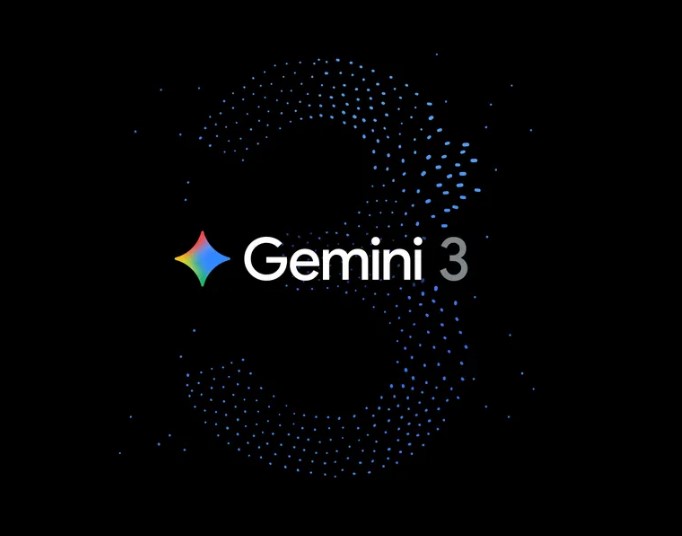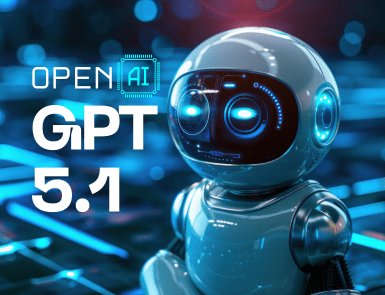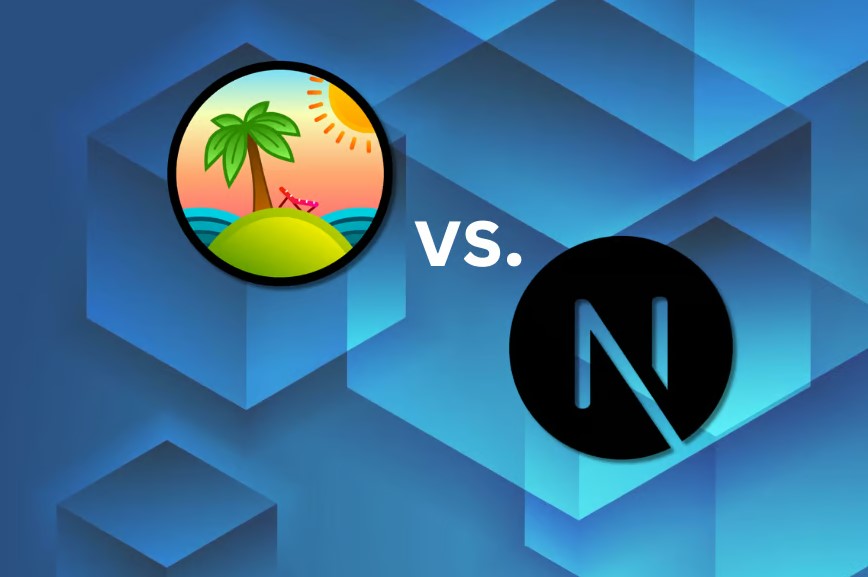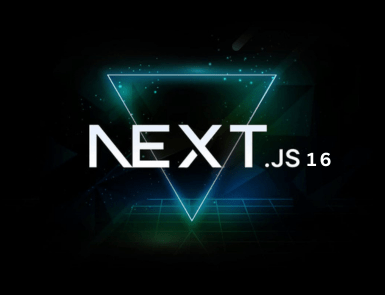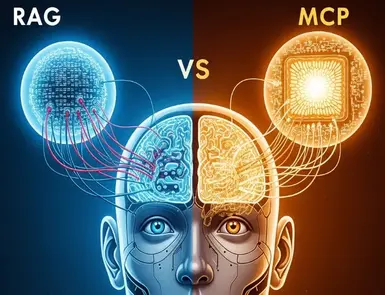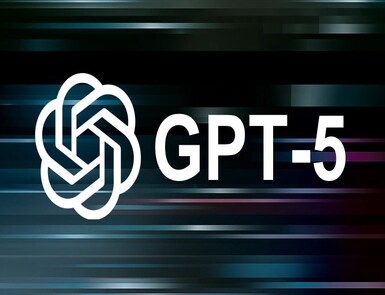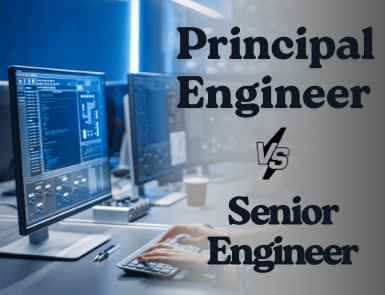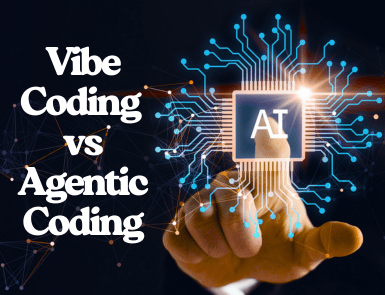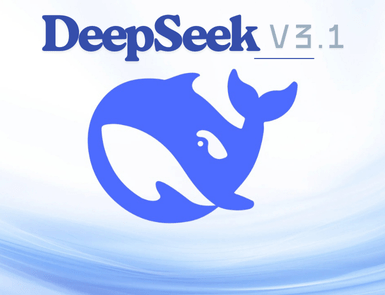
DeepSeek, a China-based artificial intelligence startup, has gained popularity in a remarkably short time. It is emerging as a notable competitor to leading AI models, such as GPT, Gemini, and Claude.
With the release of its latest version, DeepSeek v3.1, the company has achieved a significant advancement in the field of artificial intelligence.
Let us find out what innovations this new version introduces.
Key Advancements in DeepSeek v3.1
- Hybrid Reasoning: The latest version of DeepSeek integrates both thinking and non-thinking modes within a single architecture. It allows the AI model to choose between delivering a concise, direct response or a comprehensive, step-by-step answer. In short, it can adjust its reasoning effort based on the complexity of the task.
- Expanded Coding Window: DeepSeek v3.1 can process a large volume of inputs at once. It not only generates longer documents but also retains information from extended conversations.
- Structured Tool Calling: This new version comes with enhanced support for structured tool calling. The AI model can connect and work with other software and apps in a more organized way. It makes it easier to pull data from an API or use a coding library.
- Anthropic API Integration: DeepSeek now works more smoothly with services that follow Anthropic’s API standards. This means users can connect the AI to cloud-based apps with ease and even manage tasks across multiple servers.
- Optimized Front-end Development: DeepSeek v3.1 is optimized for front-end development, making it capable of generating visually appealing web pages and games with precision. Developers can use this AI platform to build interactive applications and engaging user interfaces.
- Reduced Hallucinations: DeepSeek is well-suited for real-world applications where accuracy is critical. This new version minimizes hallucinations. Therefore, users are less likely to receive false or inaccurate information. By delivering research-based responses, the AI builds trust among users.
- Learning from User-Feedback: DeepSeek v3.1 includes an integrated RL component that analyzes user satisfaction signals like clicks, dwell time, and explicit ratings. It helps the AI model to learn from feedback and refine its output accordingly.
- Improved Speed and Latency: The AI model works faster by making it slim and efficient. This new version reduces the model size by about 30%, which naturally improves inference speed. Additionally, the AI model is trained on advanced GPU clusters that can handle large-scale parallel processing better than CPUs.
- Improved Performance: DeepSeek v3.1 is more advanced than its previous version, thanks to better prompt handling and cloud optimization. It also performs much better on benchmarks like SweetBench and Terminal Bench, showing improved efficiency and accuracy in coding tasks.
- Better Relevance for Niche Queries: This new version of DeepSeek uses an intelligent multi-step system to find and re-rank answers. It is better at handling detailed and domain-specific queries. As a result, the AI model now provides accurate results for specialized subjects without requiring extra time or tweaking settings.
Limitations of DeepSeek v3.1
Like any advanced technology, DeepSeek v3.1 is not without its challenges. It undoubtedly delivers strong performance and improved accuracy. However, users must also be mindful of its limitations.
- Complexity: DeepSeek v3.1 supports a multi-stage pipeline to enhance its quality. However, it requires proper monitoring and tuning, which could be challenging for some new users.
- Overly cautious answers: Sometimes, the AI model gives limited information to prevent false responses.
- Limited multimodal capabilities. While DeepSeek v3.1 provides support for some structured and image-related data, it is still not a fully multimodal reasoning system.
Applications of DeepSeek v3.1
The DeepSeek AI model is flexible enough to be used in various industries. Its primary use cases include:
- Enterprise Knowledge Bases: Companies can use DeepSeek v3.1 to retrieve verified answers from their centralized digital libraries or internal documents.
- E-commerce Platforms: Online shopping sites can use this AI model to improve recommendations by analyzing reviews, product details, prices, and availability. This helps them give customers more personalized product suggestions.
- Customer Support: Companies can use DeepSeek v3.1 to enhance their virtual assistants and chatbots. AI-powered support systems can handle general customer queries with accurate and well-sourced responses.
- Research on Law and Legal Fields: Lawyers and researchers can rely on this AI model to obtain answers to their queries with references and citations.
Conclusion
With this upgrade, DeepSeek has become faster, more efficient, and more reliable. Version 3.1 delivers accurate information, reduces errors, and tackles real challenges. Compared to the previous version, it is clearly a step forward.
All in all, you can try it confidently if you haven’t already.
